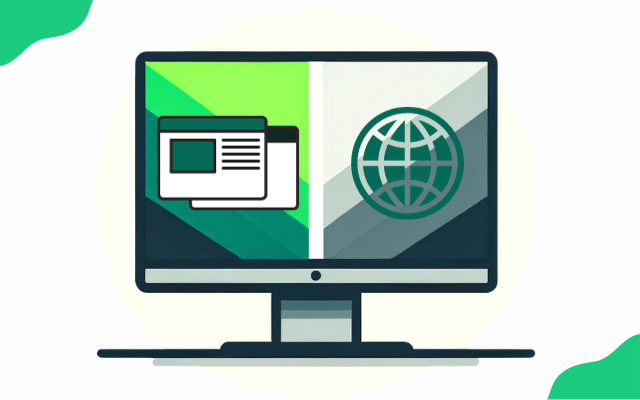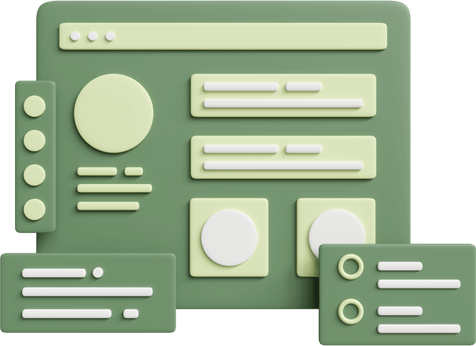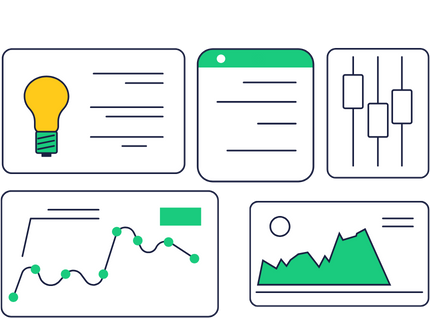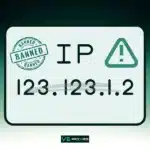You’ve probably heard of screen scraping and web scraping, two popular methods used to extract data from online platforms. Often, these terms are casually swapped, causing some confusion. In reality, they do have distinct differences and applications. So, what are these differences exactly? Why do they matter? And what is screen scraping? This article aims to answer these questions by exploring the different aspects of these two techniques, including their uses, methodologies, and much more.
In previous guides, we covered Instagram Scraping, Facebook Scraping, WhatsApp Scraping, Google Search Scraping, LinkedIn Scraping, and Amazon Scraping in previous guides. Today: It’s a new guide you will love.
Table of Contents
What is screen scraping?
Screen Scraping is essentially a method where data is extracted from a website or application’s graphical user interface – or GUI for short. Rather than accessing data from a structured source like a website code, screen scraping pulls this data from the visual layer.
Imagine capturing a web page screenshot and using optical character recognition (OCR) technology to pull out the text and data. That’s what screen scraping does!
What is web scraping?
In contrast, web scraping refers to extracting data from the HTML code behind a website. Web scrapers can directly access the HTML documents and underlying source code to scrape data, rather than relying on the visual presentation layer. This allows web scrapers to programmatically collect clean data from structured sources.
Key Differences
1. Data Sources
The key difference between screen scraping and web scraping lies in the sources they utilize. Screen scraping relies on scraping pixels and graphics from an application’s user interface. In contrast, web scraping extracts information from structured HTML markup and other code underlying a website.
2. Accuracy
Screen scraping depends on the positioning and layout of elements on a graphical interface. Any changes to the UI can break a screen scraping system.
Web scraping is more powerful and accurate as it focuses on the HTML structure rather than visual presentation. The data is usually cleanly accessible as long as the basic HTML syntax remains consistent.
3. Required Technology
Screen scraping may require optical character recognition (OCR) and image processing algorithms to interpret text and data from graphical interfaces.
Web scrapers can more directly access and parse text from HTML and structured data sources via scripts and programming language integrations. This makes web scraping faster and less computationally intensive in most cases.
4. Target Site Access Requirements
An important distinction is that screen scraping does not require access to the website itself. Screen scrapers can operate by analyzing screenshots or video feeds of an application. Web scraping requires accessing the target website directly to parse the underlying code.
| Screen Scraping | Web Scraping | |
|---|---|---|
| Data Source | Graphical user interface (GUI) | HTML code and documents |
| Accuracy | Brittle, changes to UI can break | More robust, focuses on HTML structure |
| Required Technology | May need OCR and image processing | Can directly parse HTML and code |
| Site Access Needed? | No, can analyze screenshots | Yes, needs direct access to site |
| Use Cases | Legacy system integration, analyzing visualizations | Web content extraction, APIs |
| Proxies Needed? | Optional additional protection | Strongly recommended |
Screen Scraping Use Case
Legacy System Integration
Screen scraping is useful when integrating with legacy systems or software that does not have an accessible API. By scraping the GUI, it is possible to extract data for migration and integration purposes. This is common when integrating older mainframe or enterprise systems.
Data Analysis from Visualizations
Screen scraping can also be used to extract data from visualizations like charts, graphs, and diagrams. This allows data analysis to be conducted even when the raw data is not accessible.
Practical Tips For Using Screen Scraping
Here are 6 practical tips for utilizing screen scraping effectively:
Analyze the UI (User Interface) Thoroughly
Take time to thoroughly examine the user interface you want to scrape. Identify all the elements and patterns in the layout that can help you locate and extract the target data. The more you understand the UI structure, the more robust your scraper will be.
Use OCR Carefully And Validate The Results
Optical character recognition can be useful for extracting text, but it is not perfect. Double-check any text pulled via OCR to catch and correct errors. Apply data validation techniques to identify anomalous or inaccurate data.
Handle Dynamic Content
Many UIs today are highly dynamic – content changes frequently without page reloads. Screen scrape over time and in different scenarios to identify and accommodate dynamic elements. Record UI states for comparison.
Check for Accessibility Features
Some applications have built-in accessibility features like ARIA tags or alt text that can help identify content. Tap into these to supplement your analysis of the visual presentation.
Limit Processing Requirements
Graphical analysis and OCR are CPU-intensive. Optimize performance by scraping only required regions, keeping snapshots localized, and taking advantage of caching and other optimizations.
Follow Robust Coding Practices
Use consistent naming, validation, error handling and other coding best practices. This will make your scraper more accurate, maintainable and extensible over time.
Does Screen Scraping Need Proxies?
Since screen scraping does not directly access the website code, using proxies is less critical compared to using web scraping proxies. But This statement can be clarified and these points aim to do that:
- Screen scraping can still generate significant traffic that could be detected, so proxies can help distribute that traffic across different IPs.
- If simulating user interactions as part of the screen scrape, the application may still be able to identify and block specific IP addresses. Proxies help mitigate this risk.
- Accessing visual assets like images or videos on the target website could expose your IP, so proxies add a layer of protection
Proxies aren’t strictly required for screen scraping, but they provide an additional layer of protection at low cost.
We hope this guide has answered your questions. While there is overlap, the key differences between screen scraping and web scraping make each better suited for particular use cases. The decision to use either of them depends on your needs and your target sites.
Related Articles
- Tags:
- how to scrape, python, web scraping






